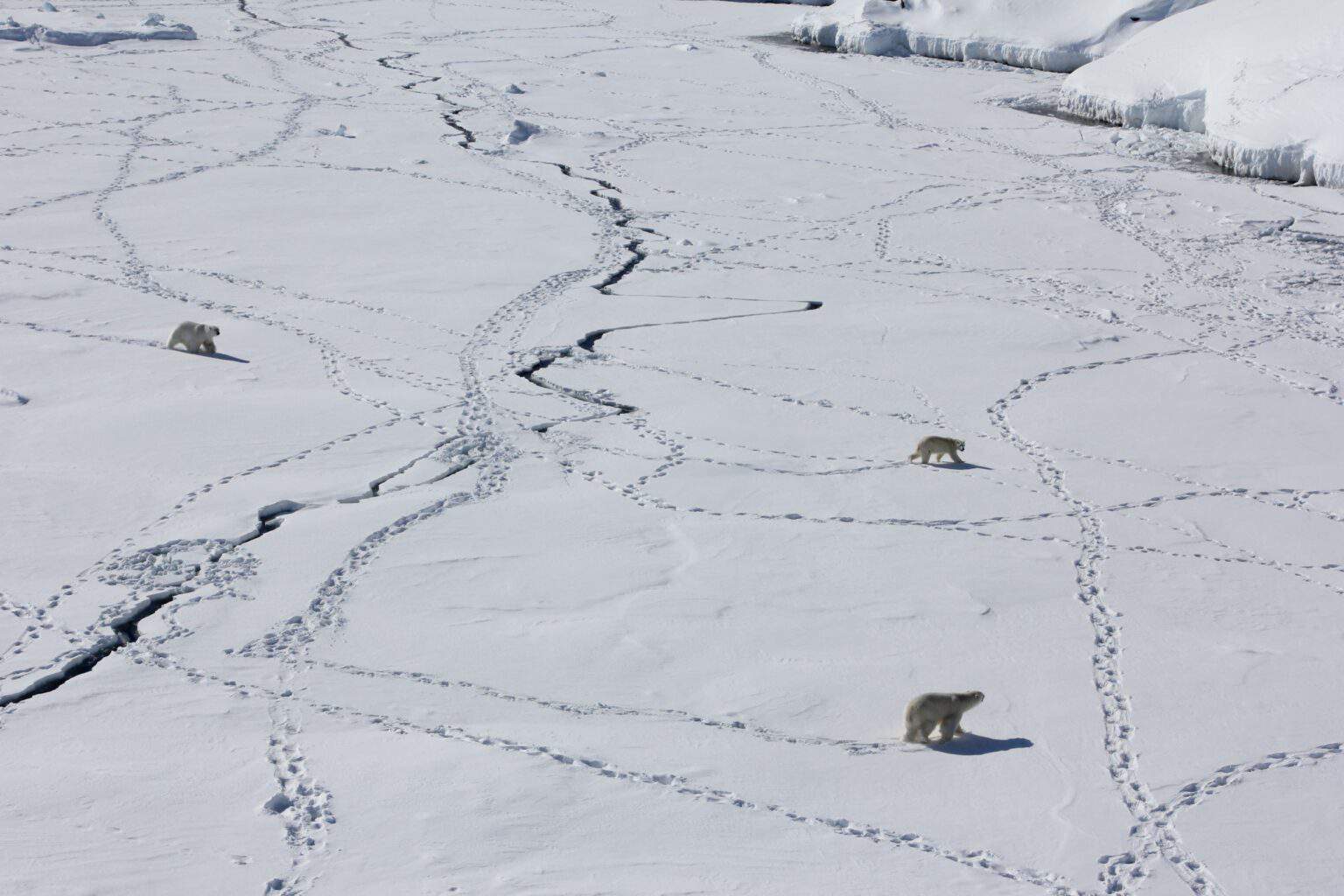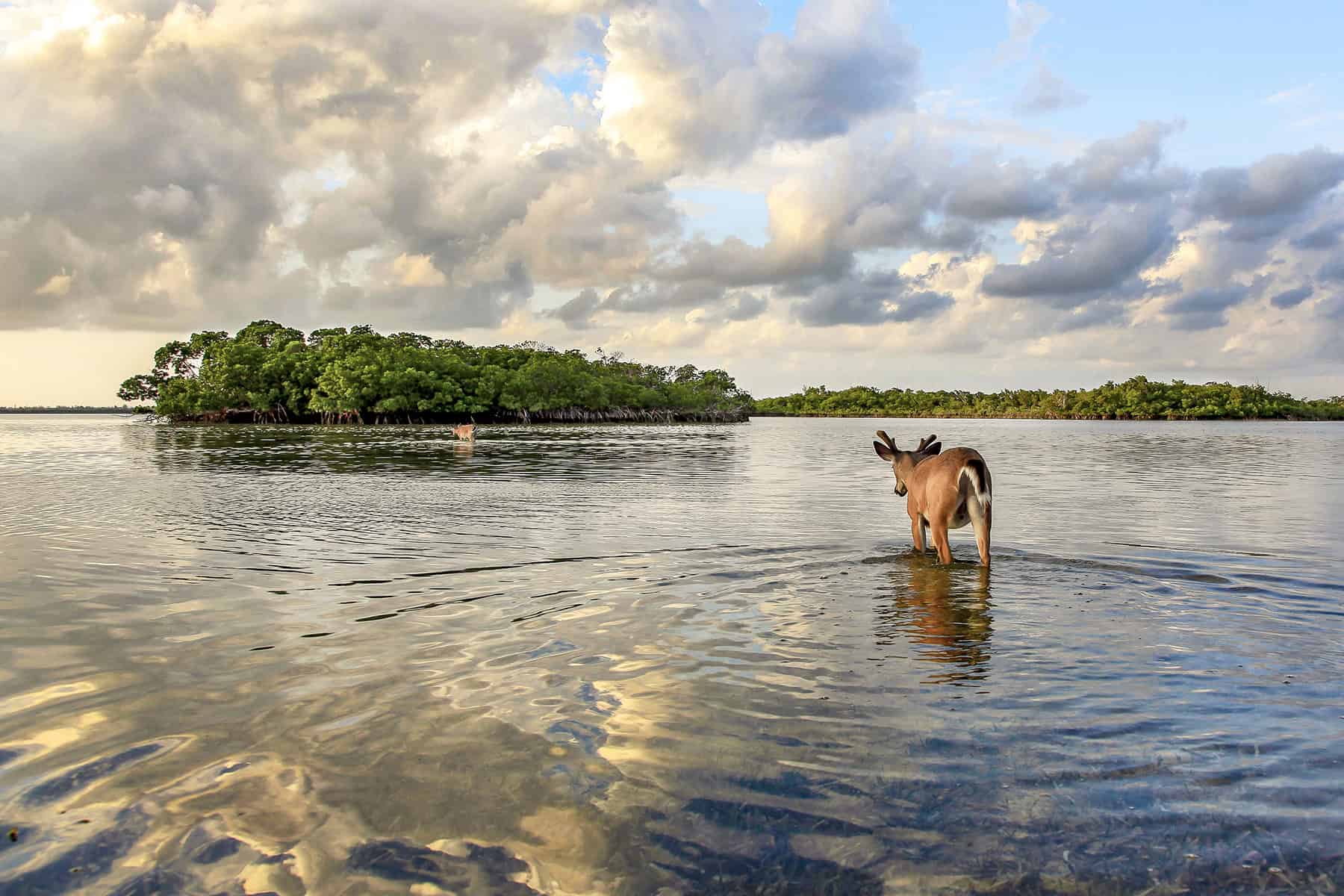Share this article
Wildlife Featured in this article
- Polar bear
Changing sea ice injures polar bear feet
As climate warms, polar bears are facing more injuries
As sea ice changes in some parts of the high Arctic, polar bears are suffering from lacerations, hair loss, ice buildup and skin ulcerations, particularly on their feet. In a study published in Ecology, researchers documented these types of injuries for the first time in polar bears (Ursus maritimus). In fact, the team observed two polar bears with ice blocks of up to 1 foot in diameter stuck to their feet, causing cuts that made it difficult for them to walk. “I’d never seen that before,” said Kristin Laidre, the lead author of the study and a senior principal scientist at the University of Washington Applied Physics Laboratory and a professor in the University of Washington School of Aquatic and Fishery Science. “The two most affected bears couldn’t run—they couldn’t even walk very easily. When immobilizing them for research, we very carefully removed the ice balls. The chunks of ice weren’t just caught up in the hair. They were sealed to the skin, and when you palpated the feet, it was apparent that the bears were in pain.” The scientists believe the reason for ice buildup and injuries is related to a shifting climate from one that stayed well below freezing to one with freeze-thaw cycles and wet snow.
Header Image: Three adult polar bears travel across sea ice in eastern Greenland. Credit: Kristin Laidre/University of Washington








